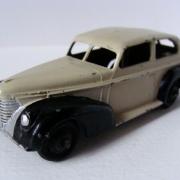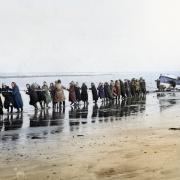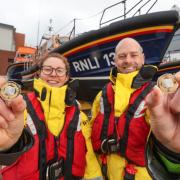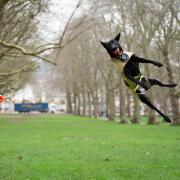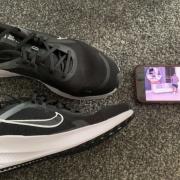Many of us get cramp after sitting for long periods of time. Inactivity whilst travelling can have an adverse effect on varicose vein symptoms, leading to poor blood circulation, discomfort and potentially blood clots. Michael Gaunt offers his expert tips and exercises on how to make your journey more comfortable.
Keeping your legs active during a long journey is easier than you think. Sitting doesn’t mean you can’t gently exercise your legs to encourage blood flow and it’s wise to take every opportunity to walk, change seats or elevate your legs. By stimulating your circulation, you can reduce discomfort and minimise the risk of complications.
“It’s essential to keep active and hydrated before, during and after travel to avoid discomfort, blood pooling and bulging veins.“
By stimulating your circulation, you can reduce discomfort and minimise the risk of complications. Celebration drinks before a gruelling long-haul flight can dehydrate you, resulting in restless legs and puffy ankles, whilst increasing the risk of blood clots.
“Understanding the impact of inactivity has been a game changer for me. Now I make sure I move my legs as much as possible, even on a flight, and travel pain-free."
Varicose vein symptoms
Varicose veins can initially appear as small thread veins or bulging blue veins in the lower leg and ankles. These twisted faulty veins allow blood to travel in the wrong direction and can result in an increased risk of leg ulcers and DVT (deep vein thrombosis):
- Raised bulging veins on skin.
- Swollen feet and ankles.
- Aching, heavy legs.
- Muscle cramps, twitching in your legs.
- Red or darkened skin over the affected area.
- Blue veins visible under the skin surface.

Top tips for travelling with varicose veins
You may experience leg pain, dull leg cramps, puffy ankles, tingling or numbness in your lower legs. Enjoy a comfortable journey with Michael Gaunt’s top tips:
1. Stay Active:
- Ahead of travel get into a regular routine of low impact exercises such as walking or swimming.
- Take breaks during travel to stretch your legs.
- Ensure you return to your exercise routine after travelling.
2. Hydrate: Drink plenty of water to prevent dehydration and reduce the risk of blood clots.
3. Wear Compression Socks: These can improve circulation and reduce swelling.
4. Choose a seat with additional leg room: Ensure you have space to stretch your legs.
5. Elevate Your Legs: Whenever possible, elevate your legs to reduce swelling and improve blood flow.
6. Wear Comfortable Footwear: Opt for shoes that don’t restrict your feet, avoiding high heels.
Seated exercises to improve circulation in your legs
These simple exercises can help promote good circulation, repeat intermittently during travel:
- Rotate your ankles clockwise, and then counter clockwise.
- Alternate raising and lowering your toes while keeping your heels on the ground.
- Lift your heels off the floor, keeping your toes grounded, and pump your heels up and down.
- Raise your feet off the floor for a minute and then lower them.
Pre-travel vascular health assessment
Before travelling it’s wise to consider a pre-travel vascular health assessment, especially if you experience symptoms like swollen ankles, broken skin, or pigmentation changes.
Book a consultation with leading vascular surgeon Mr Michael Gaunt for expert advice and a thorough vascular assessment, including a Duplex ultrasound scan of your legs and a bespoke treatment plan.
Call 01223 305858
Consultations available in London, Cambridge and Bury St Edmunds clinics. Visit michaelgaunt.com







